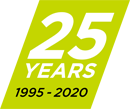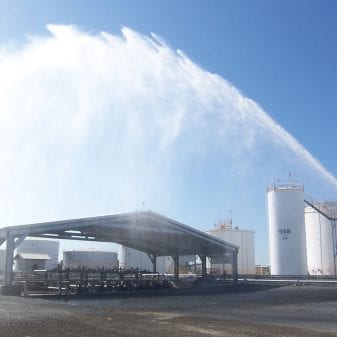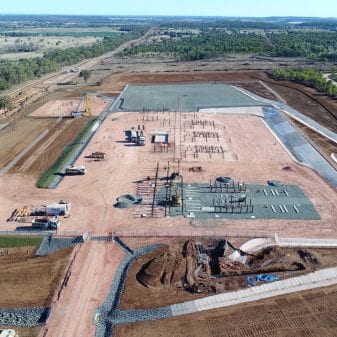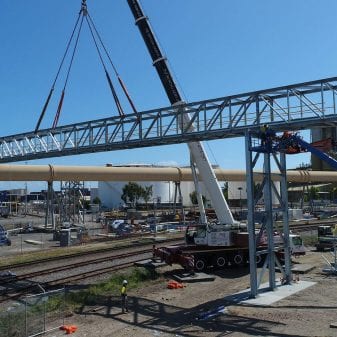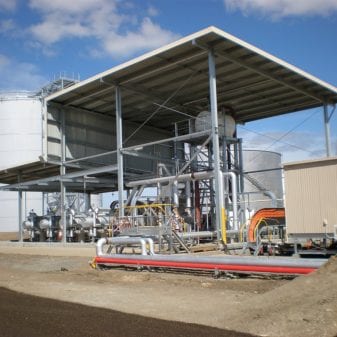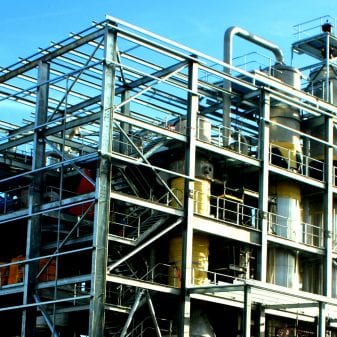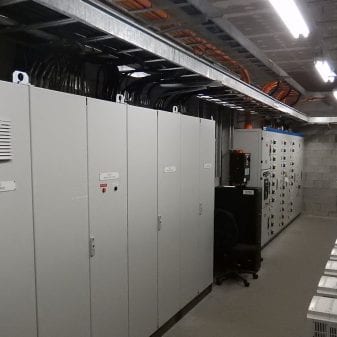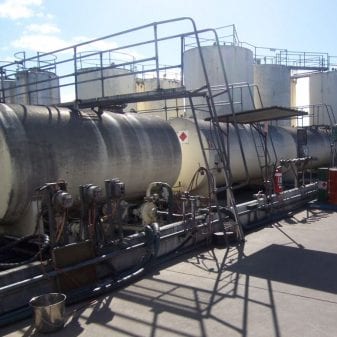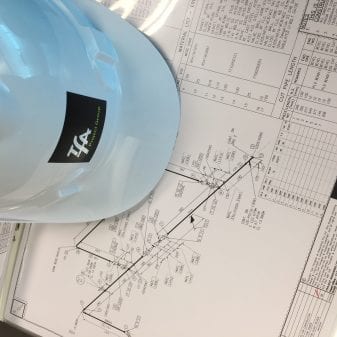TfA Project Group are certified Hazardous Area Consultants with decades of experience designing, commissioning and operating hazardous area facilities across Australia. Our expertise minimises your projects compliance risk, providing you with security against potential schedule delays and costly variations when it comes time to energise the power to your facility.
Legal Requirements at Your Site
All Australian state laws mandate the requirement for hazardous area classification and design where there is a chance a hazardous area could be present. There are two types of hazardous areas:
- Hazardous area (gas or vapour) in which an explosive gas atmosphere is present, or may be expected to be present, in quantities such as to require special precautions for the construction, installation and use of apparatus.
- Hazardous area (dust) in which combustible dust in the form of a cloud is present, or may be expected to be present, in quantities such as to require special precautions for the construction, installation and use of equipment.
All state legislation calls up AS/NZS 3000:2018 Electrical installations (known as the Australian/New Zealand Wiring Rules), which then requires that hazardous areas are classified according to AS/NZS 60079.10.1:2009, and that wiring systems are selected and installed in accordance with AS/NZS 60079.14:2017.
Nationally Recognised Hazardous Areas Training and Accreditation
TfA have experienced staff who have completed the nationally recognised training for working with electrical equipment for hazardous areas, including:
UEENEEM052A Classify Hazardous Areas – Gas Atmospheres
UEENEEM053A Classify Hazardous Areas – Dust Atmospheres
UEENEEM054A Plan Electrical Installations in Hazardous Areas – Gas Atmospheres
UEENEEM055A Plan Electrical Installations in Hazardous Areas – Dust Atmospheres
UEENEEM056A Plan Electrical Installations in Hazardous Areas – Pressurisation
UEENEEM057A Design Explosion-Protected Electrical Systems and Installations – Gas Atmospheres
UEENEEM058A Design Explosion-Protected Electrical Systems and Installations – Dust Atmospheres
UEENEEM059A Design Explosion-Protected Electrical Systems and Installations – Pressurisation
UEENEEM078A Manage Compliance of Hazardous Areas
Electrical Equipment Certificates of Conformity
The Australian Standards require electrical equipment that will be installed in hazardous areas comes with certificates of conformity to Australian/International AUSEx/ANZEx or IECEx schemes.
In some circumstances when this is not available, it is possible to use other foreign certification schemes such as ATEX, FM, CSA, or UL. The equipment and its installation must provide an equivalent level of safety to the ANZEx/AUSEx or IECEx schemes, which must be documented in a Conformity Assessment document (CAD).
Hazardous Area Classification and Design Process
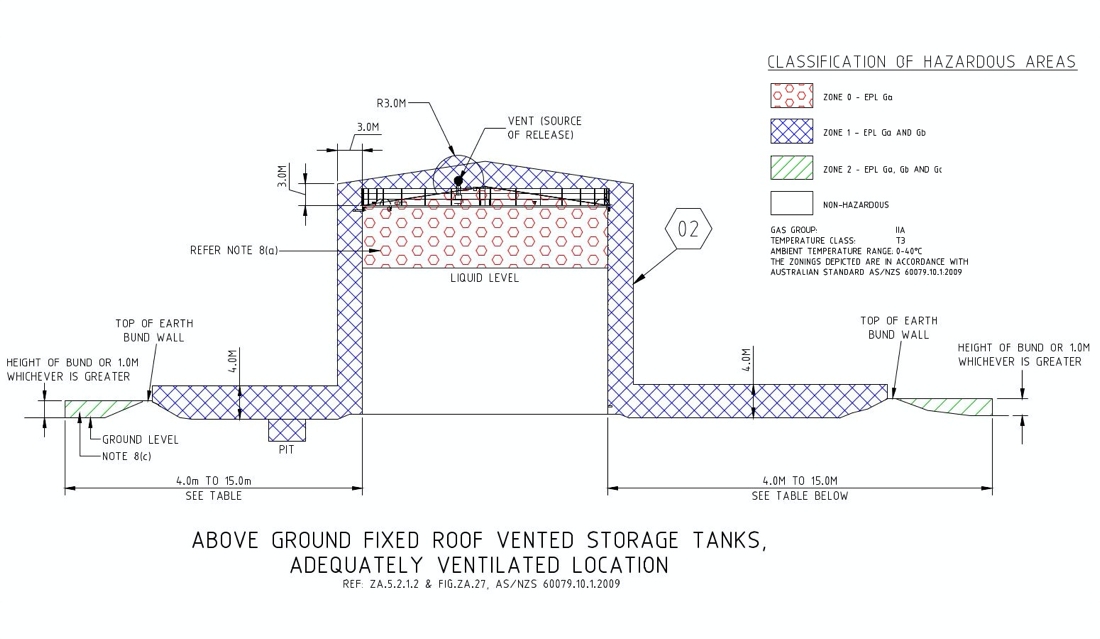
The HAC process can vary according to the specific site requirements and the method of classification used, however a typical process is similar to the following:
STEP 1: Identifying all hazardous materials that will be stored or handled on the site, and relevant properties such as state, flash point, and explosive range.
STEP 2: Identifying all possible sources of release, considering the degree and availability of ventilation, and quantifying the type and extent of the hazardous zones
STEP 3: Hazardous area drawings
STEP 4: Hazardous area report
STEP 5: Preparation of hazardous area electrical designs including selection of compliant equipment and wiring systems
TfA’s designs focus on elimination first and foremost, by aiming to minimise the extent of the hazardous zones and locate equipment outside the hazardous zones as much as is practical.
TfA’s Hazardous Area Consulting Services
TfA’s multi-disciplined team can provide various services to help you comply with the legislation and Australian Standards, including:
- Hazardous Area Classification Studies
- Hazardous Area Classification Drawings
- Hazardous Area Electrical Designs
- Hazardous Area Dossier Preparation
- Compliance Audits
TfA have specialty expertise relating to Class 2.1 Flammable gases (including LPG, natural gas and hydrogen) and Class 3 Flammable liquids (including petrol, crude oil and bitumen). Call our professional hazardous area classification team today, or send us a form through our contact page below.

